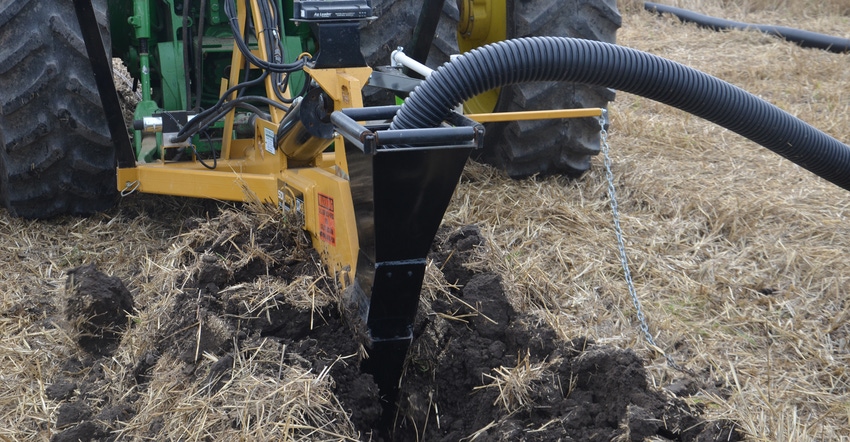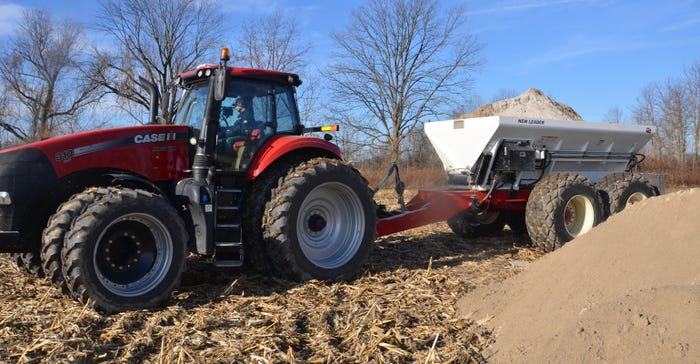
People ask Jim Schwartz how they can make more per acre raising corn and soybeans. When they do, Schwartz, Beck’s director of research, including the Practical Farm Research program, says he can point to several practices for both corn and soybeans that have a big return on investment very quickly. However, he always starts at the same place.
“The place to begin is with tile and lime,” he insists. “We’ve proven it time and again in our PFR program, and farmers who install tile and add lime tell us the same thing. If you want to begin increasing income and profit per acre over time, there’s no better place to start than by installing tile and spreading lime where you need tile and lime.”
Beck’s PFR data over time shows an average increase of 25 bushels per acre of corn for tiling on soils that have drainage issues. At $4 corn, that’s $100 per acre more revenue per year just in extra yield, Schwartz says.
The payoff in soybeans is significant too, he notes, ranging from 2 to 15 bushels per acre in PFR testing. If you add 10 bushels per acre at $12 per bushel soybeans, it’s a $120-per-acre advantage once tile is installed.
“It requires an initial upfront investment, but with those kinds of returns, you can pay it back pretty quickly, and then you’re in the black from then on,” Schwartz says.
Fundamental soil changes
Changing pH by adding lime where it’s needed also makes a huge difference in how soils and plants function, Schwartz says. The result can be a significant difference in yield once low pH problems are corrected.
He uses this example: Suppose you’re farming a prairie soil with 4% organic matter. Many people might think all their problems were over if they had that type of soil. The truth is, it would depend on where the pH level is, and how quickly it can be brought to the level where it should be, if it’s lower than plants like. The sweet spot for pH is often considered to be 6.5 to 7, Schwartz says.

“Educators tell us that 4% prairie soil has 3,500 pounds of nitrogen per acre,” he notes. “If that’s so, why do we have to add nitrogen for corn? A large part of that nitrogen is tied up in the soil and is unavailable to plants. It’s released during the season during a process called mineralization.”
Here’s the rub, Schwartz says. Mineralization is affected by several factors, including temperature, pH, moisture and oxygen levels.
“Adding lime to soils that are lower in pH than they should be helps mineralization work more like it should,” he explains. “Tiling takes out excess water that could lead to nitrogen loss. It also increases oxygen levels and makes a more favorable environment for mineralization.
“The bottom line is that you’re going to get better yields over time if mineralization releases more nitrogen. It’s an important part of why tiling and liming pay back big returns.”omom
Read more about:
TilingAbout the Author(s)
You May Also Like




